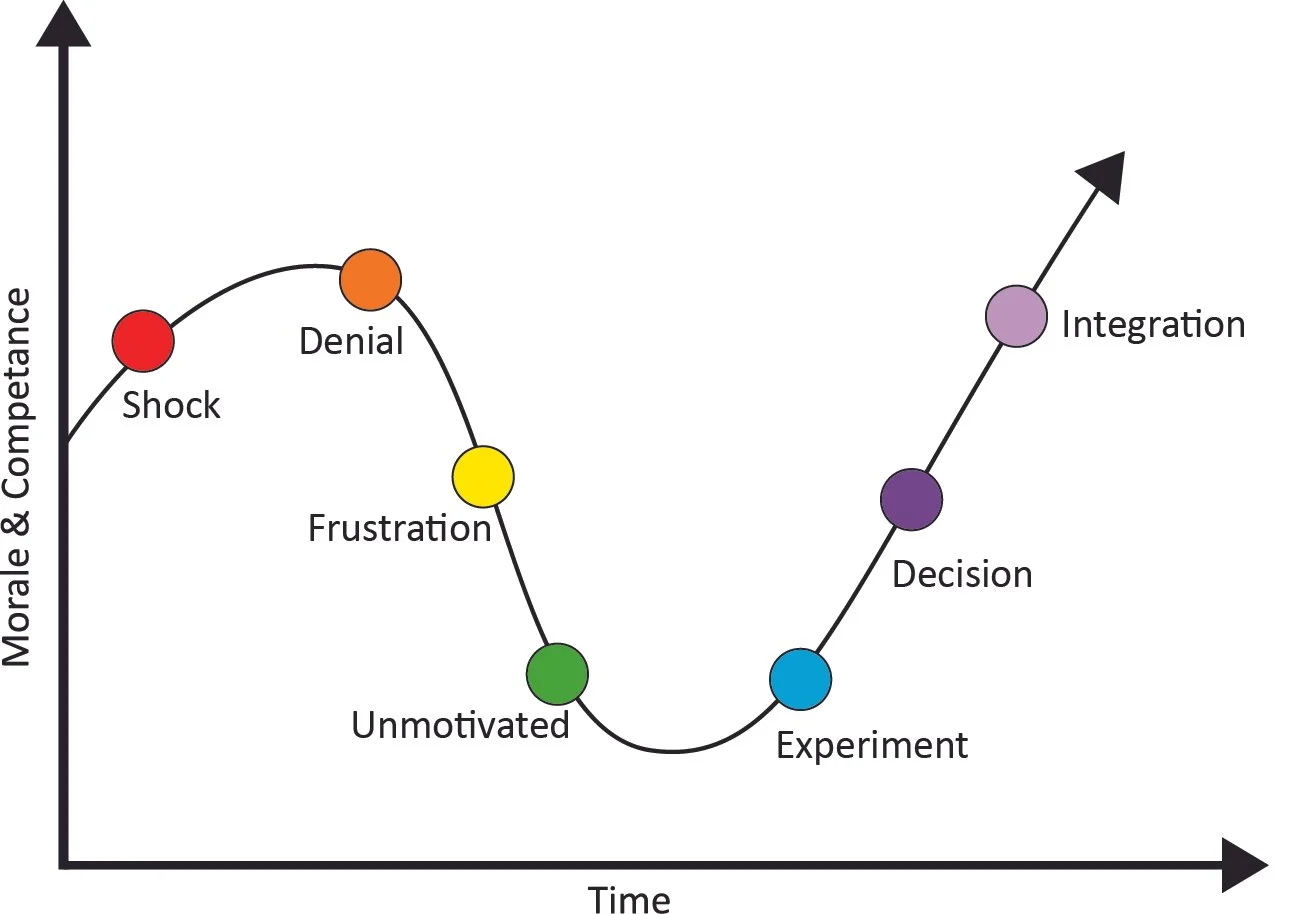
Change Management – How to Impact Positive Organisational Change
Author: Shelley Jacobs
Organisational change is an essential component of business life. Assuming that change management is only required for large scale projects may be a mistake because even small changes can have a big impact to organisations and employees. The reality is that most people find change difficult but organisational change may be necessary for a variety of reasons. This might include changes in legislation, changes in process, improved efficiencies, changes of staff, changes of job role, changes in systems and so on. Given the fast-paced rate of change in our industry, many managing agents are experiencing that continual need for change. How do we effectively deliver change to ensure smooth adaptation, minimal disruption, and long-term success? What human factors do we need to consider throughout organisational change?
Identify what will be improved
The first step in change management is defining a clear vision of what the change aims to achieve. This includes establishing concrete objectives and a roadmap to guide the transition. Without a clear direction, employees and stakeholders may become confused or resistant. A well-defined vision helps align everyone involved, ensuring that efforts are focused and coherent.
Leadership
Strong leadership is crucial in change management. Leaders and senior management must endorse the change and actively participate in and support it. Your senior team play a key role in communicating the importance of the change, motivating teams, and providing the resources necessary to implement it. A visible and engaged leadership strategy helps create a sense of positive transformation and commitment among employees.
Communication Strategy
Effective communication is the backbone of change management. Throughout the change process, clear, transparent, and timely communication keeps employees informed, reduces uncertainty, and manages resistance. The communication strategy should outline what needs to be conveyed, to whom, and through which channels. It should include regular updates on progress, goals, and impacts, ensuring that employees feel involved and heard. The earlier you start to communicate, seek opinion and feedback, the better.
Be clear what the benefits are – people need to have buy in and will want to know what they will get out of it. Be prepared to answer the question ‘What’s in it for me?’.
Change Curve - Emotional Responses to Change
Actively involving employees helps to gain valuable buy in to the change and can mitigate resistance, builds trust, and ensures smoother acceptance of the change. We go through an emotional rollercoaster when confronted by change as detailed by the change curve model below.
Shock – Surprise or shock at the proposed change
Denial – The belief that the change isn’t relevant to them
Frustration – Recognising that things are going to be different and may result in anger.
Unmotivated - Low mood, low energy, unmotivated.
Experiment – Initial engagement with new situation
Decision – Learning how to work with the new situation, starting to feel more positive
Integration – Changes are integrated, people feel better.
We need to plan for the points through the Change Cure in order to anticipate points of resistance and have a plan in place to manage that resistance.
Change Readiness and Training
Assessing the organisation’s readiness for change is an essential component. This involves evaluating the current culture, identifying gaps, and addressing potential barriers. Once the readiness is assessed, offering comprehensive training is vital to equip employees with the skills and knowledge they need to adapt to new systems, processes, or structures. Training ensures that employees are capable and confident in embracing the change.
Support Systems and Reinforcement
For change to be sustainable, ongoing support is necessary. This includes setting up support systems like help desks, coaching, or mentorship to address employee concerns post-implementation. Additionally, reinforcement mechanisms like rewards and recognition can help sustain the momentum and ensure long-term adoption of the change.
Celebrate Success
Ensure that the success of the change is celebrated, and people are recognised for embracing the change. Remember that people thrive on positive reinforcement, and this may positively impact and mitigate resistance for future change projects.
Monitoring and Evaluation
Finally, continuous monitoring and evaluation are crucial for understanding whether the change is progressing as planned. Regular feedback allows for adjustments in strategy and provide insights into what is working and what needs improvement. Evaluation ensures that the organisation learns from the process, making future changes easier to manage.
Conclusion
Change management requires careful planning, strong leadership, effective communication, and a focus on people. By addressing these key components, organisations can successfully navigate change and achieve their desired outcomes.

